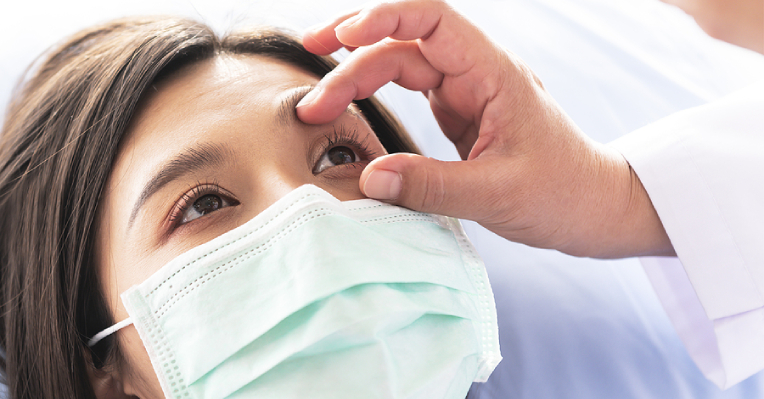Stomach Troubles: How To Tell If It’s Food Poisoning Or Flu

An upset stomach will prompt most people to worry more about how to get better first and determine its cause second. However, various conditions can cause your gut to feel off, and figuring out which one you are dealing with…



